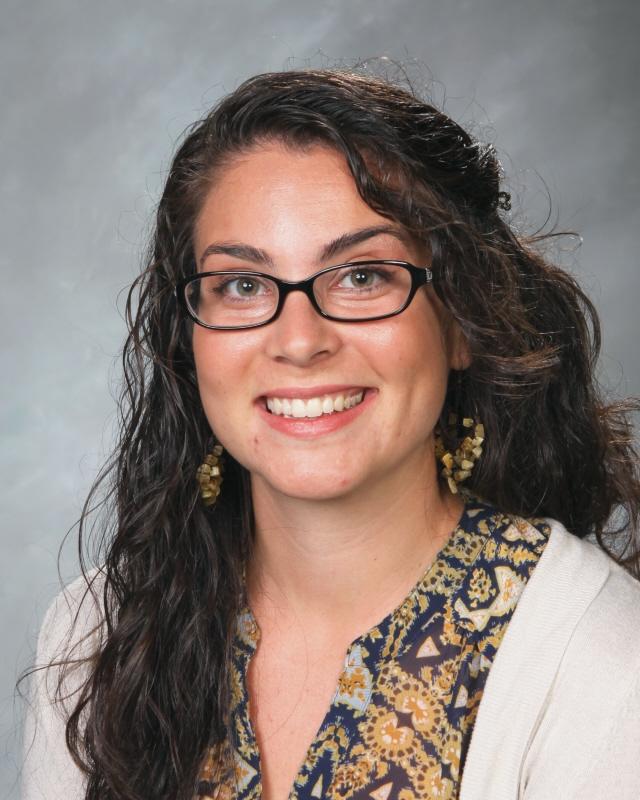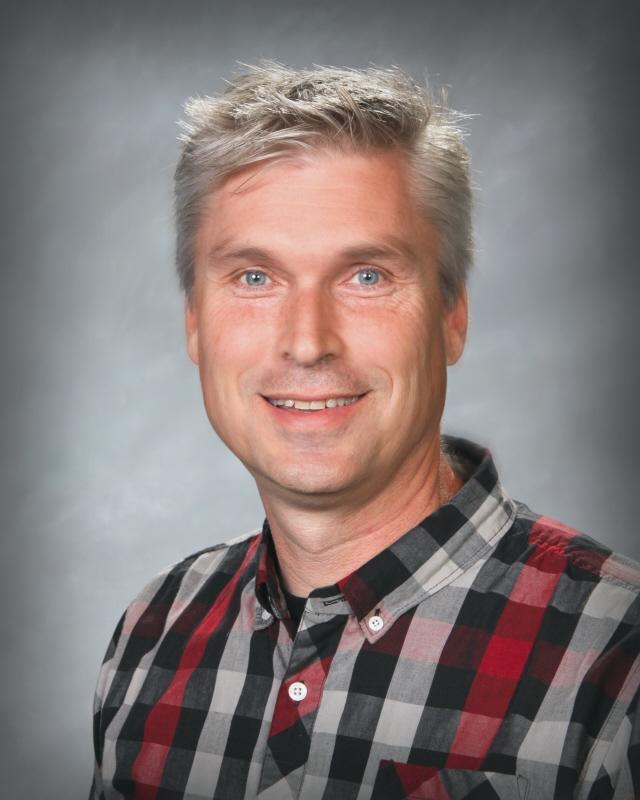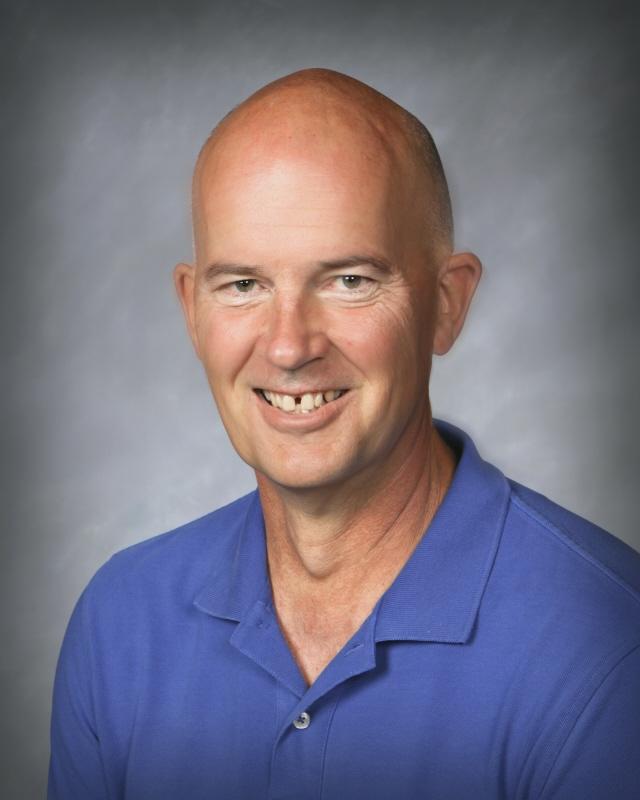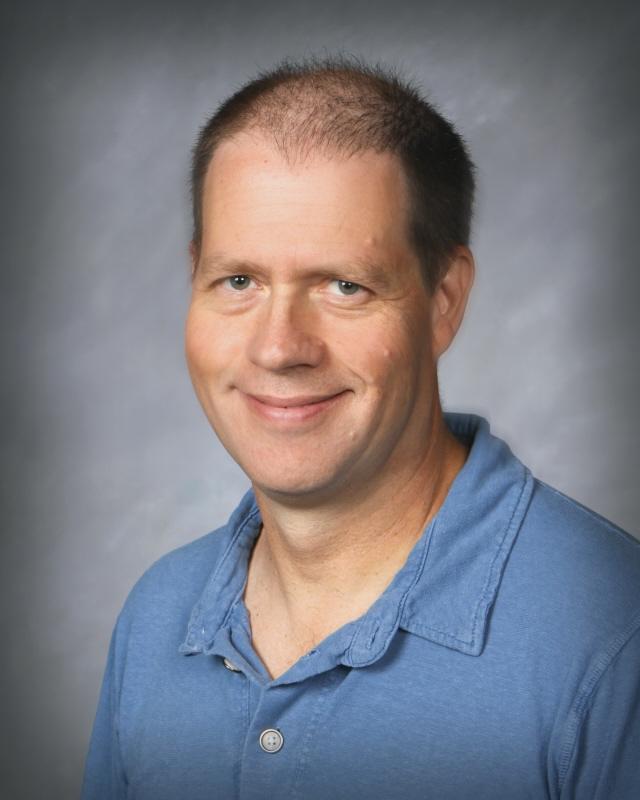Exploring personality types in the classroom
February 11, 2015
A classroom: A culmination of roughly 30 kids with all kinds of different interests, personality types, and sensibilities as diverse as their physical features. Of all the differences that exist, most students can be broken into two groups: introverts and extroverts.
For teachers, this can pose a problem, as some classroom activities are geared toward one group, leaving the other feeling excluded. French teachers Rachael Simmons and Jon Magnus explain their ways of identifying and dealing with different personalities in the classroom.

“It is pretty easy to tell who’s an introvert and extrovert,” Simmons said. “Though there are a few kids [who are introverts] who have learned to step outside their box.”
On tailoring the education to the diversity of the students, Simmons said, “I try to make sure in class we have activities that appeal to both introverts and extroverts.”
Simmons said grade level doesn’t have much to do with it.
Magnus uses the Myers Briggs personality indicator to determine personality types in some of his classes. Magus said this system is used by businesses and organizations to improve internal interactions. Magnus said he uses this system to meet the needs of all his different students.
“I think it’s important for teachers to realize we have different personalities, and we need to accommodate to the different learning types,” he said.
Teachers are likely to teach to their own preference. For instance, extroverts will do activities they will find helpful, whereas introverts will do activities that are geared to that kind of person.
— French teacher Jon Magnus

The numbers vary among his classes, but they show a pretty even split. In his first period, the Myers Briggs test he administered revealed 13 to be extroverts and 10 to be introverts. His fourth period showed 13 extroverts and 13 introverts.
Magnus said he tries to mix up the activities he does in the classroom, so the education fits all the students. “I’ll start off with maybe a writing activity, then I’ll mix it up with a speaking activity, so that way the students are engaged because they know that soon they’ll be doing an activity that better fits them.”
When asked on the likelihood of this technique expanding throughout Wenatchee High School, Magnus said it should occur, as he has had three presentations to 30 teachers before school on Mondays.
Click here to read about what it’s like to be an introvert vs. and extrovert in the classroom.
As for the current system, Magnus said, “Teachers are likely to teach to their own preference. For instance, extroverts will do activities they will find helpful, whereas introverts will do activities that are geared to that kind of person.”
He also noted problems with this, such as a feeling within the student that there is something wrong with them for not thriving in that particular academic environment.
ASB Advisor Brent Grothe reiterated Simmons’ opinion, saying it was generally easy to differentiate between introverts and extroverts. “After you teach for a while, you get it,” he said.

Grothe often sees a negative connotation with introverts, but he said, “I like quiet students. You don’t have to be extremely talkative or outgoing in class. There have been a lot of quiet leaders.”
“People are people,” Grothe said, regarding his view of the split between introverts and extroverts. “I’m an introvert, but I have to be extroverted to teach.”
For some teachers though, Grothe believes there to be a “tendency to lean on extroverted students.”
Grothe repeatedly emphasized that personality type doesn’t indicate success in life, but he said crippling intro- and extroversion can. “Crippling introversion is being painfully shy and it can negatively impact your life,” he said. “Same with extroversion-crippling extroverts always have to be the center of attention, and they don’t learn from others.”
Grothe concluded saying, “Both [introverts and extroverts] have to find a balance.”
Social Studies teacher James Elwyn explained his method of combatting any divides he sees in a classroom. “When you’re doing groupings of students, you want to make sure you include an extrovert in every group. You have to have somebody who’s willing to present,” he said.

Elwyn continued, “Some introverts are actually fine at presenting, it may just stress them out a little bit more.”
Elwyn described himself as an introvert but said, “I don’t mind talking in front of classes. But some introverts don’t want to do that at all.”
“You have to strike a balance,” Elwyn said, referring to the mix of introverts and extroverts in a group. “If you put four introverts together, you might have a problem.”
When asked if a problem might arise if four extroverts are put in a group, Elwyn said, “In my experience, that’s not likely.” Elwyn stated he sees generally more introverts than extroverts in his classrooms.
Elwyn said he tries to allow introverted students a way to express themselves through some non-verbal and more solitary activities like personal reflection. “As long as they’re paying attention it’s fine,” he said. “Being introverted is not a problem. Being introverted and withdrawn is a problem. Sometimes it’s harder to see if students are withdrawn if they’re introverts.”
Addressing the difference of how Magnus’ classes lean towards extroversion while his own lean towards introversion, Elwyn said there is a possibility of response bias when taking personality tests. “Sometimes kids answer how they want to be, not how they really are.”
Elwyn said a way to combat this would be through the method of introspection. “Know thyself,” Elwyn said is the rule of introspection. “If you don’t know thyself, you can’t properly take these tests. Some students are always pretending to be something else, wearing a persona. That persona can even change from Magnus’ class, Elwyn’s class, Benner’s class, whoever’s class.”
Drawing from these teacher’s vast collection of knowledge and experience, another complicating factor in high school is dealing with these different personality types. However, all the teachers interviewed said there are methods of dealing with this, and with new advances in psychology, it doesn’t have to be as big a problem as it has been in the past.
